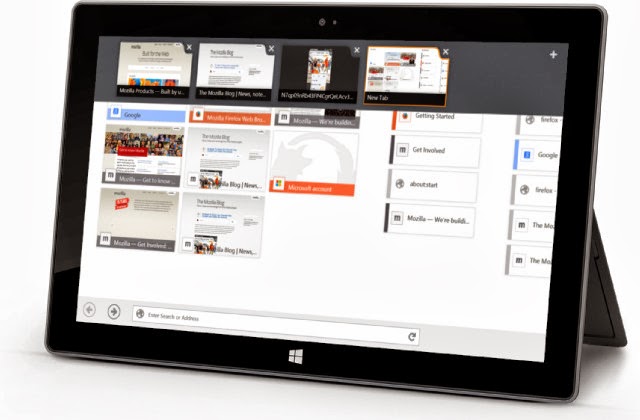Researchers from New York have developed a chip with which they are able to observe the communication of a colony of micro organism. The chip itself can also check the growth of the colony.
Ken Shepard and Lars Dietrich know are the two researchers from Columbia University in New York City; who has developed a chip that allows them to spy on their communication.
Specifically, the researchers eavesdrop on the bacteria type Pseudomonas aeruginosa and watching them with a CMOS chip. The chip is a glass slide on which the bacterial colony is located. This is an electrochemical sensing device integrated channels with electrodes and potentiometer to infer the data. Thus, the signals of their communication of the colonies of bacteria are detected and gathered in real time. Cells mediate their activity by secreting some chemicals.
The New York researchers focused primarily on those phenazines and these are metabolites that control gene expression. Their study revealed that bacterial colonies produced Phenazines, which probably contributes to the shape of the colony, says Dietrich. This is an important finding in this field. Destroy hearing and In her essay in the journal Nature Communications, the researchers not only describe s how we can listen to the chip and how we can use the chip to interpret the discussion of the micro organic colonies.
Hence this chip is not only in research use, but could be integrated into medical devices because of their anti bacterial effect, especially in those in which frequently used such as catheters and others.
Specifically, the researchers eavesdrop on the bacteria type Pseudomonas aeruginosa and watching them with a CMOS chip. The chip is a glass slide on which the bacterial colony is located. This is an electrochemical sensing device integrated channels with electrodes and potentiometer to infer the data. Thus, the signals of their communication of the colonies of bacteria are detected and gathered in real time. Cells mediate their activity by secreting some chemicals.
The New York researchers focused primarily on those phenazines and these are metabolites that control gene expression. Their study revealed that bacterial colonies produced Phenazines, which probably contributes to the shape of the colony, says Dietrich. This is an important finding in this field. Destroy hearing and In her essay in the journal Nature Communications, the researchers not only describe s how we can listen to the chip and how we can use the chip to interpret the discussion of the micro organic colonies.
Hence this chip is not only in research use, but could be integrated into medical devices because of their anti bacterial effect, especially in those in which frequently used such as catheters and others.








